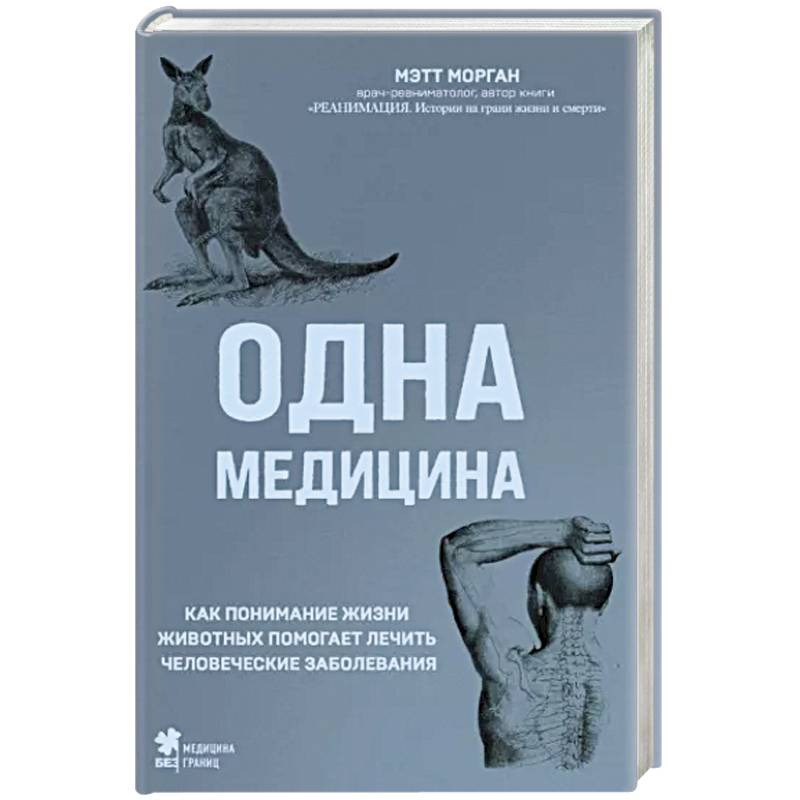One medicine. How understanding the life of animals helps to treat human diseases
Please sign in so that we can notify you about a reply
Why do we need to breathe like a frog and sting like a highland midge? In his new book, intensive care physician and researcher Matt Morgan explains how understanding the lives of animals helps treat human diseases. Technologies around us allow us to fight cancer, perform incredible surgeries, treat sepsis, restart hearts, transplant organs, and save lives. However, all of this was discovered millions of years ago. Not by doctors, nurses, and researchers, but by animals that fly in the sky above our hospitals, dig the earth beneath them, and swim in the ocean. Here are some of the most amazing lessons they have taught us, detailed in the book.
Frogs
Have you ever seen how frogs breathe? They inhale air through their nostrils and inflate an elastic area under their mouths, making them look like a balloon. Frogs lack a powerful diaphragm, so their mouth muscles contract, and the trachea expands to allow the necessary amount of air into their lungs. This resembles the principle of a ventilator. The first patient of the intensive care unit, 12-year-old Vivi, who contracted polio during the 1952 epidemic in Copenhagen, was saved thanks to teams of medical student brigades who squeezed an airbag for several months, pumping air into the child's lungs. Vivi survived, and the beginning of intensive care units was laid. This type of breathing is now used in all ventilators, where air is pumped into the lungs rather than inhaled. However, this technology can be dangerous. Human lungs are not adapted to such forces. Under too much pressure, their delicate membrane is damaged, cracked, swollen, and scarred. Doctors determined the safe amount of air that can be pumped into human lungs only 20 years ago. If they had paid attention to frogs, this could have happened much earlier. Reptiles inhale the same amount of air relative to their body size, which is considered safe for human lungs.
Highland Midge
To show how even tiny animals help patients, I headed to a remote Scottish island, stripped naked at dusk, and covered myself in honey to be bitten over 100 times by highland midges. Although I was extremely uncomfortable in the following hours, I felt nothing at the moment of the bites because midges can teach us a couple of lessons about painless injections. Like mosquitoes, they use three stingers that enter one another for painless blood-sucking. The tip of the stinger has a heat sensor to locate veins, and it even vibrates at the same frequency as a TENS machine used to relieve pain during childbirth. This technology is used today to make insulin injections painless for diabetic patients.
"Your dog gives you a paw, a cat is trained to use a litter box, a trained tiger jumps through hoops, and an elephant hugs tourists with its trunk for a photo. Undoubtedly, humans taught them all this. And it seems that teaching in the opposite direction is simply impossible. But the book 'One Medicine' tells about the hidden process, when a person learns from animals, observes and borrows their ways of survival in the harsh conditions of various corners of our planet. After reading this book, one realizes that our animal world is an endless source of hints for doctors and medical researchers." - Anna Loseva, anesthesiologist-reanimatologist, author of the medical blog @med_otvet
Author:
Author:Matt Morgan
Cover:
Cover:hardcover
Category:
- Category:Medical Books
- Category:Science & Math
Publication language:
Publication Language:Russian
Paper:
Paper:offset
Dimensions:
Dimensions:21.5x14.5x1.7 cm
Series:
Series:Medicine Without Borders. Books about those who save lives
Age restrictions:
Age restrictions:16+
ISBN:
ISBN:978-5-04-188886-2
No reviews found
